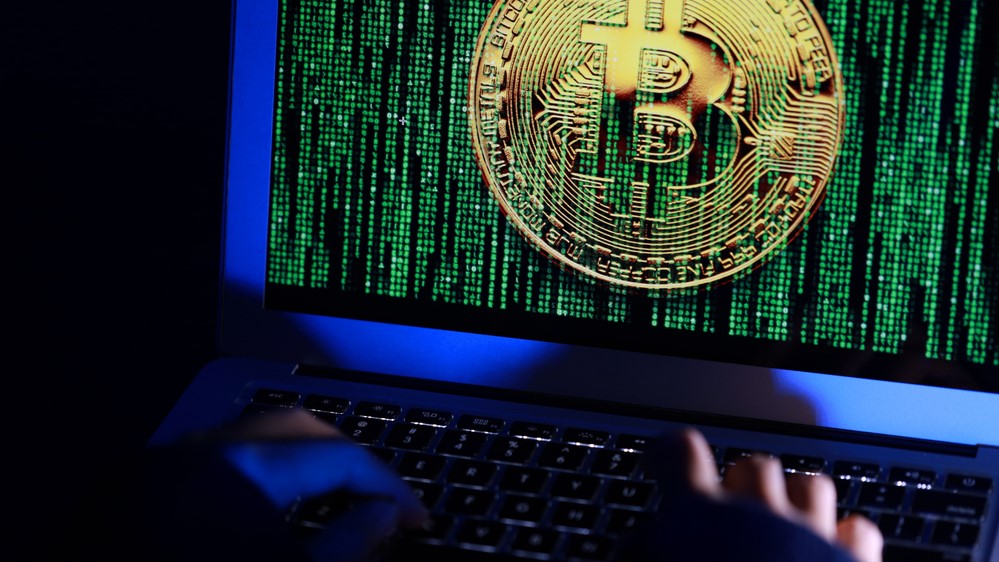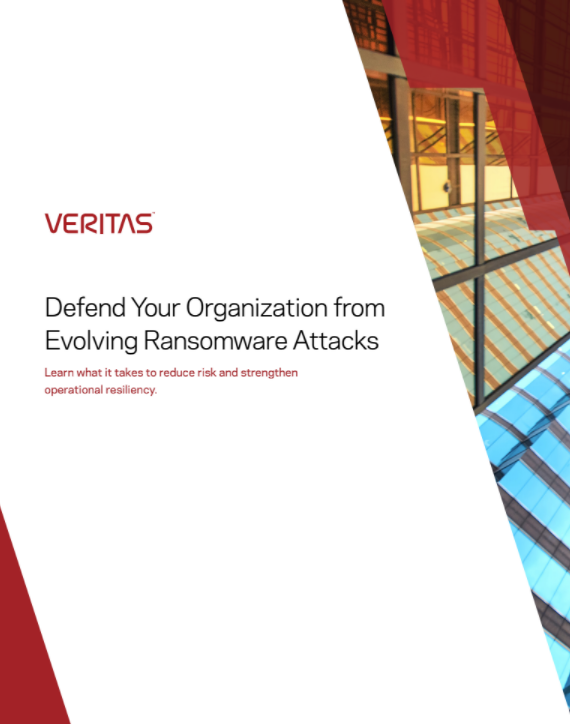DarkSide hackers have raked in more than $90 million in Bitcoin
The hacking group responsible for the Colonial Pipeline hack has made roughly $1.9 million per victim


The DarkSide ransomware group, which is thought to be behind the attacks on the Colonial pipeline, has made around $90 million in Bitcoin from 47 victims.
According to cyber security firm Elliptic's co-founder and chief scientist Tom Robinson, victims made just over $90 million in Bitcoin ransom payments to DarkSide, originating from 47 distinct wallets. According to DarkTracer, DarkSide ransomware has infected 99 organizations, which suggests that around 47% of victims paid a ransom, and the average payment was $1.9 million.
“To our knowledge, this analysis includes all payments made to DarkSide, however further transactions may yet be uncovered, and the figures here should be considered a low bound,” said Robinson.
Cyber criminal gangs such as DarkSide have established a ransomware-as-a-service business model where they develop the malware but allow other hackers to breach victims. DarkSide then splits the proceeds between themselves and their affiliates.
In DarkSide’s case, the developer reportedly takes 25% for ransoms less than $500,000, but this decreases to 10% for ransoms greater than $5 million.
Blockchain analysis makes money split clear, with the different shares going to separate Bitcoin wallets controlled by the affiliate and developer.
RELATED RESOURCE

Defend your organisation from evolving ransomware attacks
Learn what it takes to reduce risk and strengthen operational resiliency
Robinson said the DarkSide developer has received Bitcoins worth $15.5 million (17%), with the remaining $74.7 million (83%) going to the various affiliates.
Get the ITPro daily newsletter
Sign up today and you will receive a free copy of our Future Focus 2025 report - the leading guidance on AI, cybersecurity and other IT challenges as per 700+ senior executives
Further analysis allowed the firm to see where the cryptocurrency was being spent or exchanged. Most of the funds were sent to cryptoasset exchanges, where they can swap them for other cryptoassets, or fiat currency, said Robinson.
Robinson said that most cryptoasset exchanges comply with anti-money laundering (AML) regulations, verifying customers’ identity, and reporting suspicious activity, such as ransomware proceeds.
“However, some jurisdictions do not enforce these regulations, and it is to exchanges in these locations that much of the DarkSide ransomware proceeds are being sent,” said Robinson.
The DarkSide ransomware group, believed to be based in Eastern Europe or Russia, has recently disbanded after further investigations by US law enforcement. An email to DarkSide’s affiliates said that it was shutting up shop “due to the pressure of the US.”
However, many criminal gangs have been said they are disbanding only to show up again weeks or months later under a new name.
Rene Millman is a freelance writer and broadcaster who covers cybersecurity, AI, IoT, and the cloud. He also works as a contributing analyst at GigaOm and has previously worked as an analyst for Gartner covering the infrastructure market. He has made numerous television appearances to give his views and expertise on technology trends and companies that affect and shape our lives. You can follow Rene Millman on Twitter.
-
 Bigger salaries, more burnout: Is the CISO role in crisis?
Bigger salaries, more burnout: Is the CISO role in crisis?In-depth CISOs are more stressed than ever before – but why is this and what can be done?
By Kate O'Flaherty Published
-
 Cheap cyber crime kits can be bought on the dark web for less than $25
Cheap cyber crime kits can be bought on the dark web for less than $25News Research from NordVPN shows phishing kits are now widely available on the dark web and via messaging apps like Telegram, and are often selling for less than $25.
By Emma Woollacott Published
-
 ‘Phishing kits are a force multiplier': Cheap cyber crime kits can be bought on the dark web for less than $25 – and experts warn it’s lowering the barrier of entry for amateur hackers
‘Phishing kits are a force multiplier': Cheap cyber crime kits can be bought on the dark web for less than $25 – and experts warn it’s lowering the barrier of entry for amateur hackersNews Research from NordVPN shows phishing kits are now widely available on the dark web and via messaging apps like Telegram, and are often selling for less than $25.
By Emma Woollacott Published
-
 Healthcare systems are rife with exploits — and ransomware gangs have noticed
Healthcare systems are rife with exploits — and ransomware gangs have noticedNews Nearly nine-in-ten healthcare organizations have medical devices that are vulnerable to exploits, and ransomware groups are taking notice.
By Nicole Kobie Published
-
 Alleged LockBit developer extradited to the US
Alleged LockBit developer extradited to the USNews A Russian-Israeli man has been extradited to the US amid accusations of being a key LockBit ransomware developer.
By Emma Woollacott Published
-
 February was the worst month on record for ransomware attacks – and one threat group had a field day
February was the worst month on record for ransomware attacks – and one threat group had a field dayNews February 2025 was the worst month on record for the number of ransomware attacks, according to new research from Bitdefender.
By Emma Woollacott Published
-
 CISA issues warning over Medusa ransomware after 300 victims from critical sectors impacted
CISA issues warning over Medusa ransomware after 300 victims from critical sectors impactedNews The Medusa ransomware as a Service operation compromised twice as many organizations at the start of 2025 compared to 2024
By Solomon Klappholz Published
-
 Warning issued over prolific 'Ghost' ransomware group
Warning issued over prolific 'Ghost' ransomware groupNews The Ghost ransomware group is known to act fast and exploit vulnerabilities in public-facing appliances
By Solomon Klappholz Published
-
 The Zservers takedown is another big win for law enforcement
The Zservers takedown is another big win for law enforcementNews LockBit has been dealt another blow by law enforcement after Dutch police took 127 of its servers offline
By Solomon Klappholz Published
-
 There’s a new ransomware player on the scene: the ‘BlackLock’ group has become one of the most prolific operators in the cyber crime industry – and researchers warn it’s only going to get worse for potential victims
There’s a new ransomware player on the scene: the ‘BlackLock’ group has become one of the most prolific operators in the cyber crime industry – and researchers warn it’s only going to get worse for potential victimsNews Security experts have warned the BlackLock group could become the most active ransomware operator in 2025
By Solomon Klappholz Published